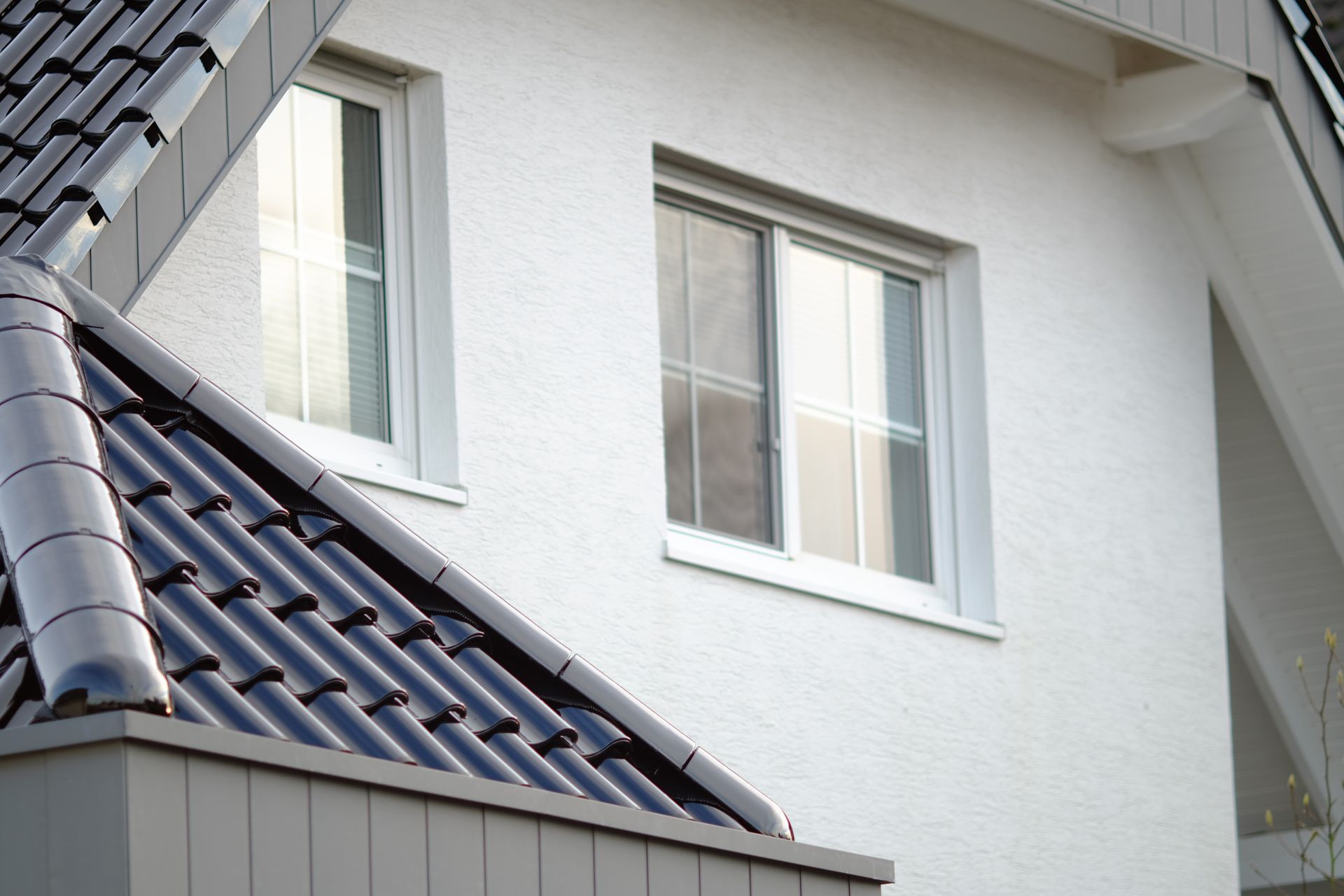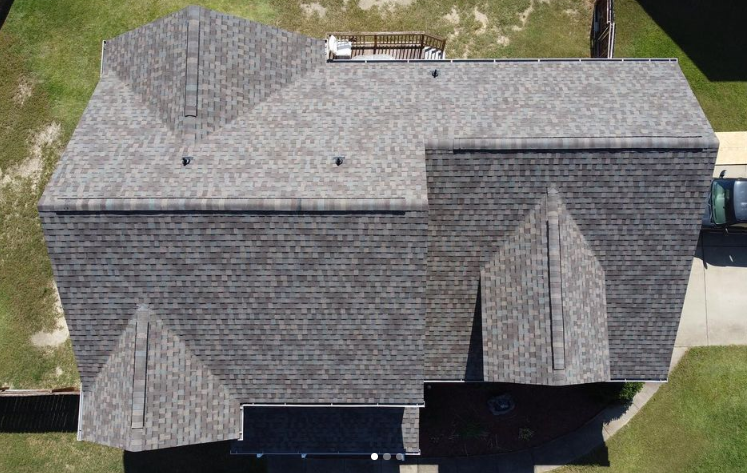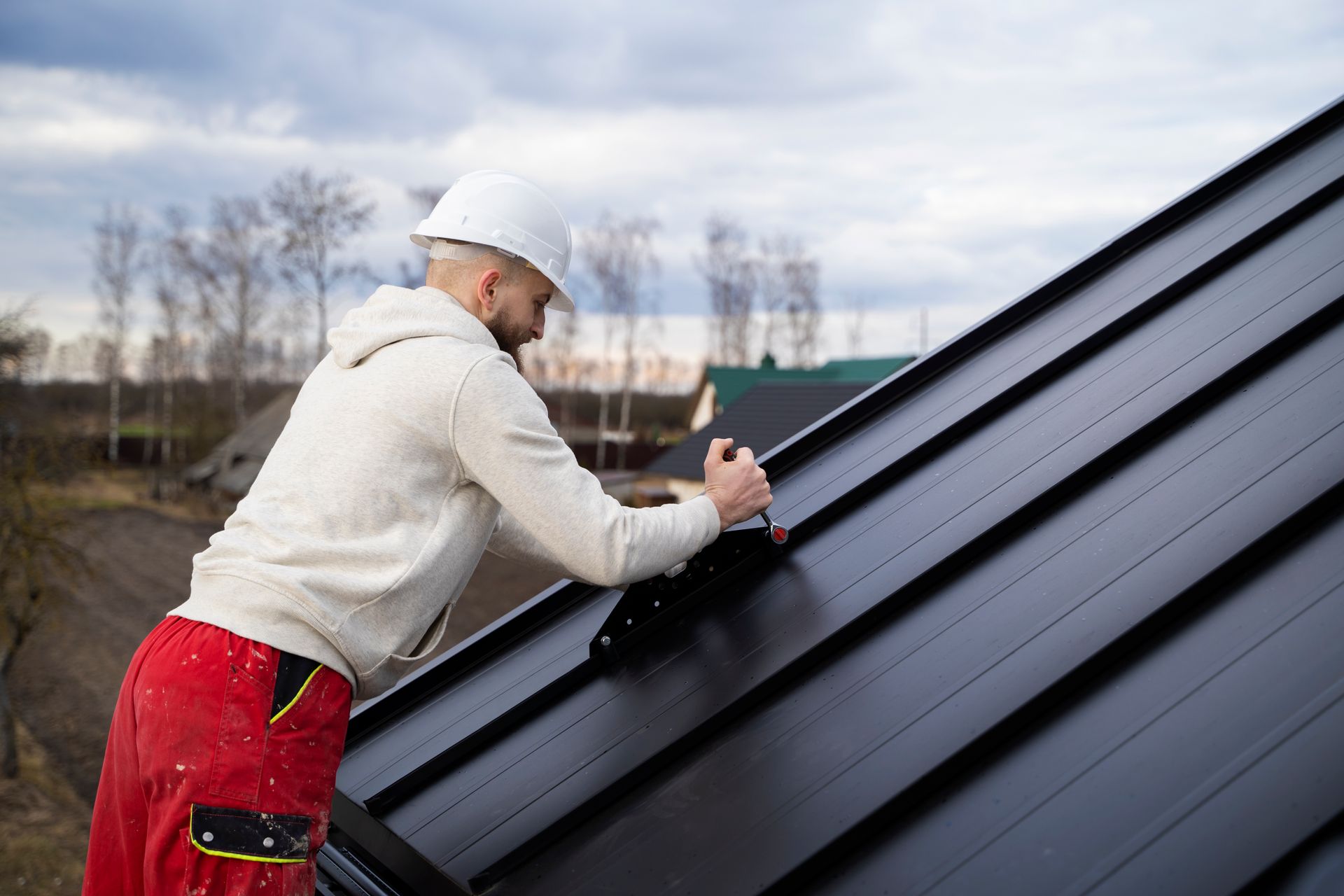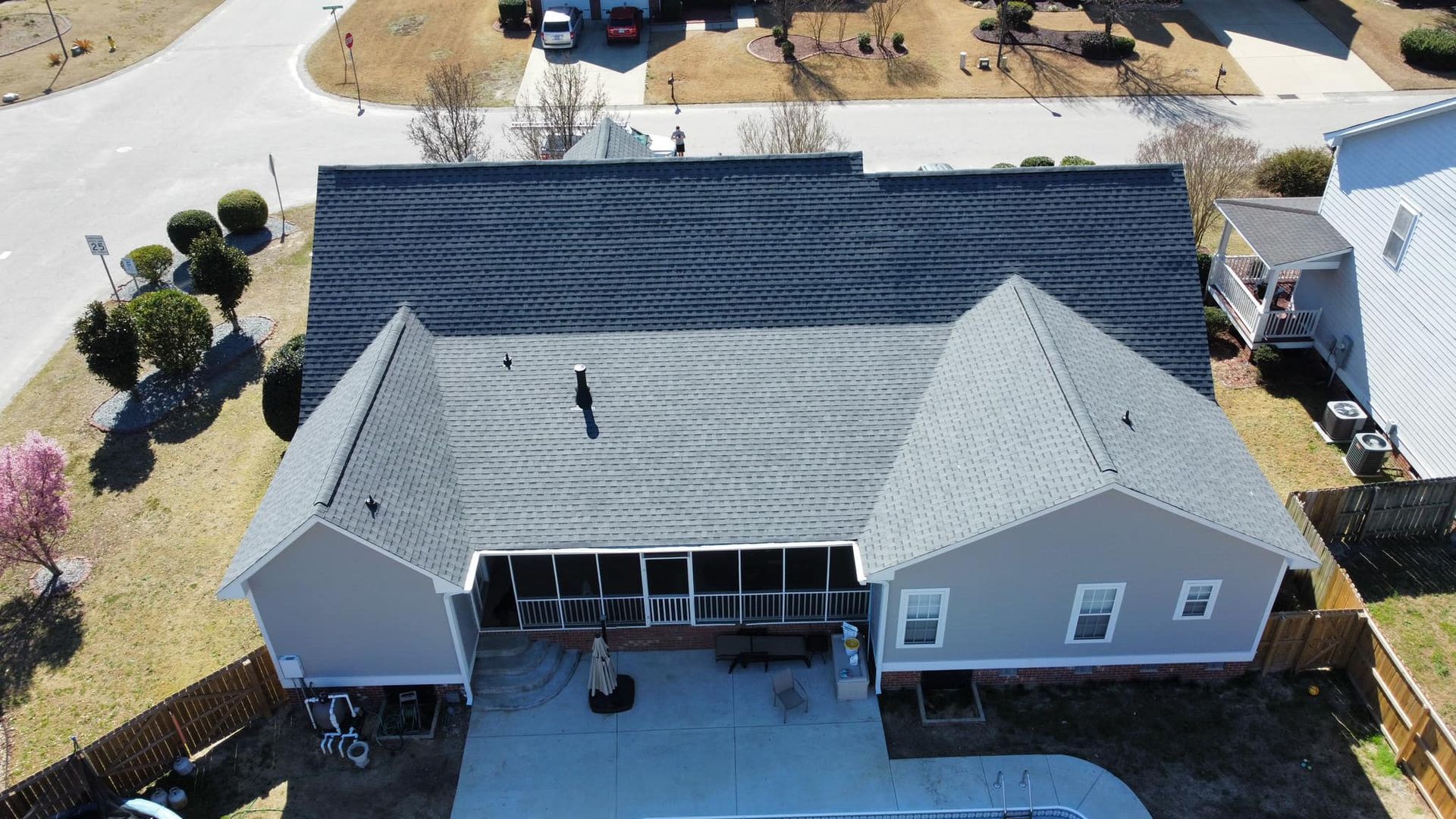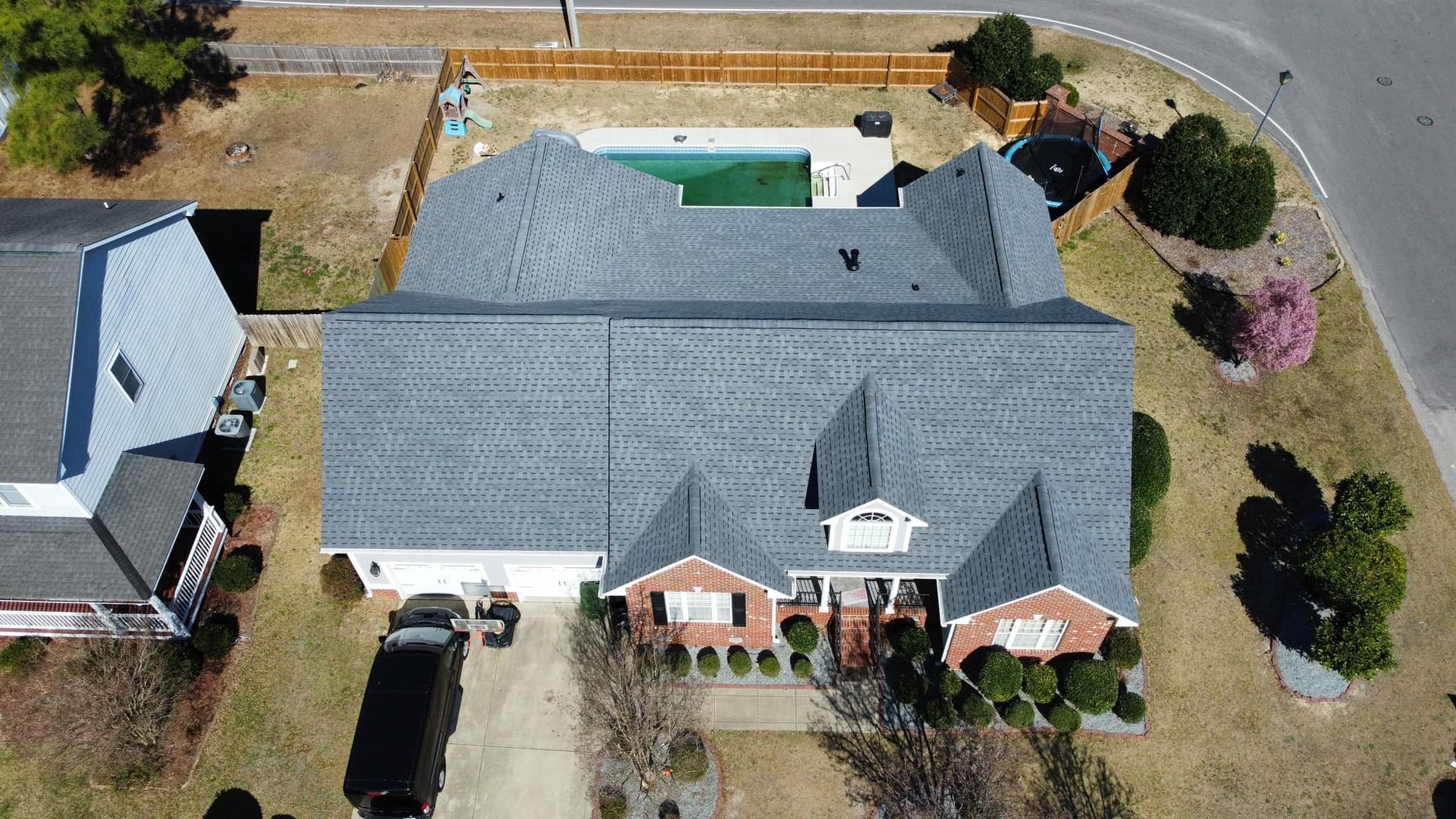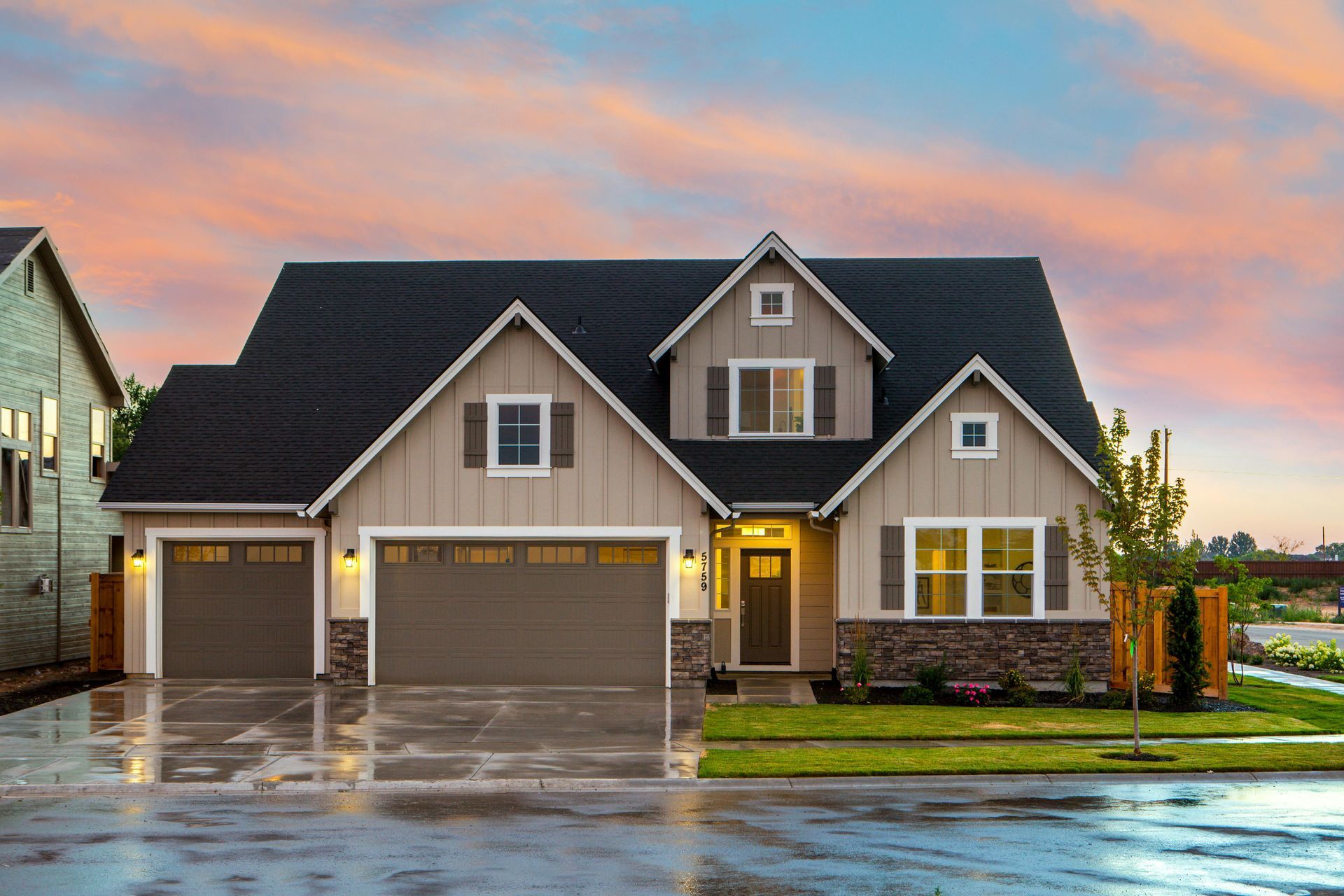How Climate Impacts Your Roof in Raleigh, NC
Your roof is one of the most important parts of your home, protecting you from the elements and keeping your family safe year-round. In Raleigh, NC, the local climate plays a significant role in how long your roof lasts and how well it performs. From heavy summer storms to humid conditions and even occasional winter freezes, the weather can take a toll on your roofing system. Understanding how climate impacts your roof can help homeowners make smarter maintenance decisions and know when it’s time to call for professional
roofing repair in Raleigh.
In this article, we’ll explore the unique weather challenges in Raleigh, NC, how they affect residential roofing, and what you can do to protect your investment.
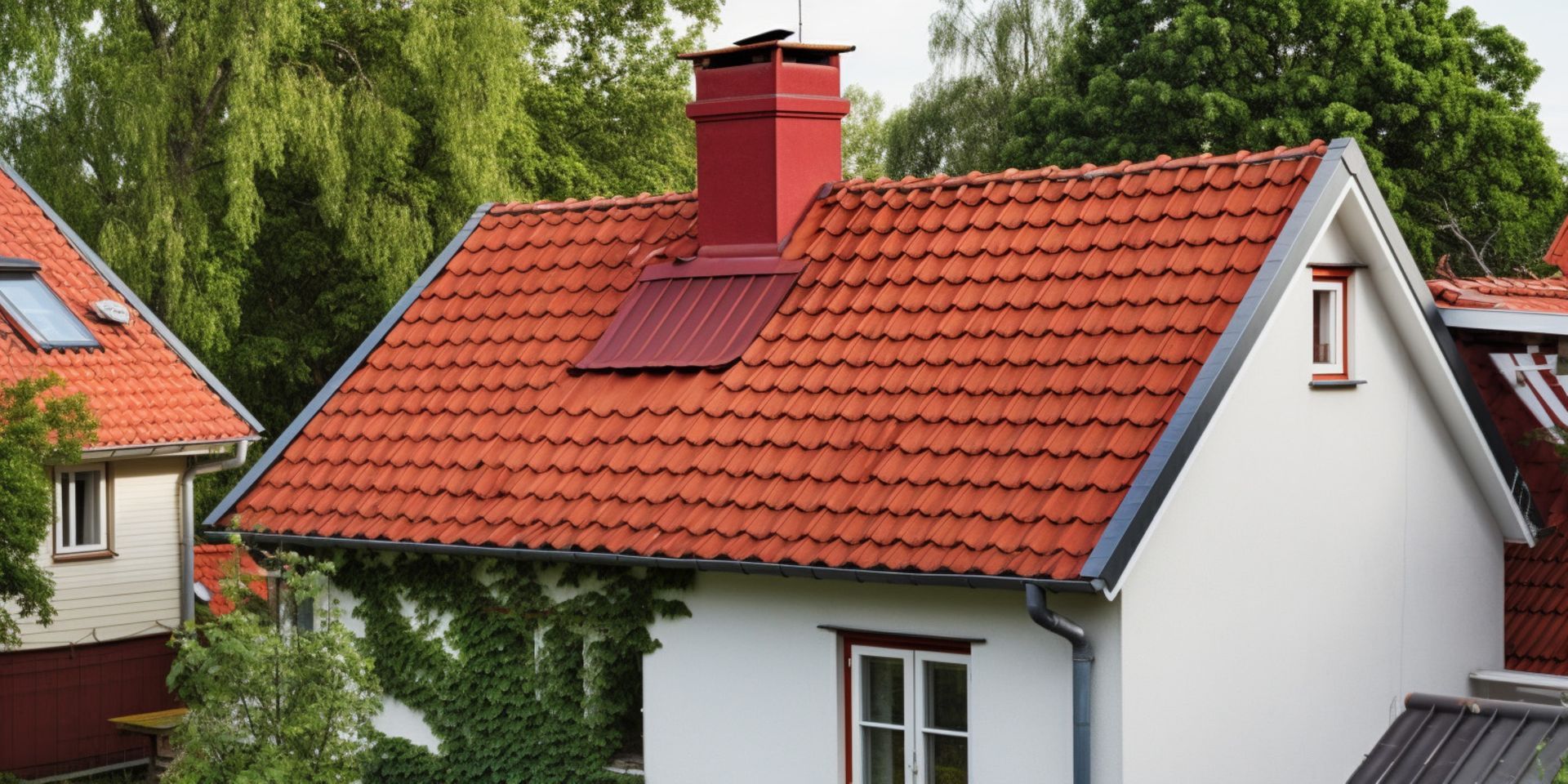
The Effects of Heat and Sun Exposure
Raleigh experiences long, hot summers with plenty of sunshine. While beautiful weather is enjoyable for outdoor living, the same sun exposure can accelerate wear and tear on your roof. UV rays break down roofing materials over time, causing shingles to curl, crack, or fade. Asphalt shingles, one of the most common roofing materials, can lose granules faster under extreme heat, which reduces their protective qualities.
Heat also causes roofing materials to expand and contract daily. This thermal movement weakens the roof structure, loosens flashing, and may lead to leaks. For homeowners considering roofing in Raleigh, NC, it’s essential to choose materials that are designed to withstand high temperatures and to schedule regular inspections to catch early signs of sun damage.
Impact of Rain and Storms on Roofs
Raleigh gets its fair share of rain throughout the year, often accompanied by thunderstorms and high winds. Heavy rainfall puts stress on your roof’s drainage system. If gutters and downspouts are clogged, water can pool and seep under shingles, leading to leaks and water damage inside your home.
Storms also bring strong winds that can lift shingles, loosen flashing, or even tear parts of the roof away entirely. Hail is another common issue that can cause dents and bruises in roofing materials, weakening their protective layer. After severe weather, it’s crucial to schedule roofing repair in Raleigh to assess the condition of your roof and prevent minor issues from becoming costly problems.
The Role of Humidity and Moisture
The Raleigh area is known for its high humidity levels, especially during the summer months. Constant moisture in the air creates the perfect environment for mold, mildew, and algae growth on roofing materials. These organisms not only discolor your roof but can also weaken its integrity over time.
Moisture trapped in attic spaces or beneath shingles can also lead to wood rot and structural damage if left unchecked. Ensuring proper airflow in the attic is crucial to controlling moisture. Homeowners should also consider regular cleanings and maintenance to keep algae and mold from spreading. When signs of moisture damage appear, residential roofing repair is necessary to protect the home’s structure.
Winter Weather and Freeze-Thaw Cycles
Although Raleigh doesn’t experience the harsh winters seen in northern states, freezing temperatures and occasional snowstorms can still impact your roof. The freeze-thaw cycle occurs when water seeps into small cracks during the day, freezes overnight, and expands, widening the gaps. Over time, this can cause shingles to loosen or break apart.
Ice dams are another potential issue. While not as common in this region, they can form when melting snow refreezes along the roof edge, blocking drainage and forcing water under the shingles. Even light snow can contribute to these problems if proper insulation and ventilation aren’t in place. Staying ahead of winter roofing issues with preventive maintenance helps avoid costly repairs later.
Preventive Maintenance for Long-Lasting Roofs
The climate in Raleigh presents several challenges, but proactive maintenance can extend the life of your roof and protect your home. Scheduling seasonal inspections is one of the best ways to identify damage before it becomes severe. Professionals offering
roofing in Raleigh, NC can check for missing shingles, weak flashing, clogged gutters, and early signs of leaks.
Homeowners should also clean their gutters regularly, remove debris from the roof, and trim overhanging branches that could damage shingles during storms. Investing in high-quality roofing materials designed to withstand the local climate pays off in durability and fewer repair costs over time. When repairs are needed, working with a trusted local company for residential roofing repair ensures the job is done right.
Call Finest Roofing and Homes for Expert Roofing Services in Raleigh, NC
If you’re concerned about how Raleigh’s climate is affecting your roof,
Finest Roofing and Homes is here to help. Our team specializes in residential roofing repair, maintenance, and replacement tailored to withstand the challenges of North Carolina’s weather. We take pride in providing homeowners with durable, high-quality solutions for all their roofing needs.
Fix minor issues quickly to prevent major repairs. Call
Finest Roofing and Homes today at
(919) 960-7377 to schedule your roofing inspection or repair service. Protect your home, your family, and your investment with reliable
roofing,
siding, and
gutter experts right here in Raleigh.
Frequently Asked Questions
How often should I schedule a roof inspection in Raleigh?
Most experts recommend at least two inspections per year—once in the spring and again in the fall. Be sure to schedule an inspection following any severe storm.
What roofing materials hold up best in Raleigh’s climate?
Asphalt shingles are popular, but metal roofing and architectural shingles often provide better durability against heat, storms, and humidity.
What are the signs that my roof was damaged by a storm?
Signs include missing shingles, dented flashing, granules in gutters, or water stains inside your home. An expert inspection will determine the full scope of the damage.
Can humidity really cause roof damage?
Yes, prolonged exposure to high humidity can lead to algae, mold growth, and wood rot. Proper ventilation and maintenance are key to prevention.
When should I consider roof replacement instead of repair?
If your roof is over 20 years old, has widespread shingle damage, or is leaking in multiple areas, replacement may be more cost-effective than repeated repairs.

